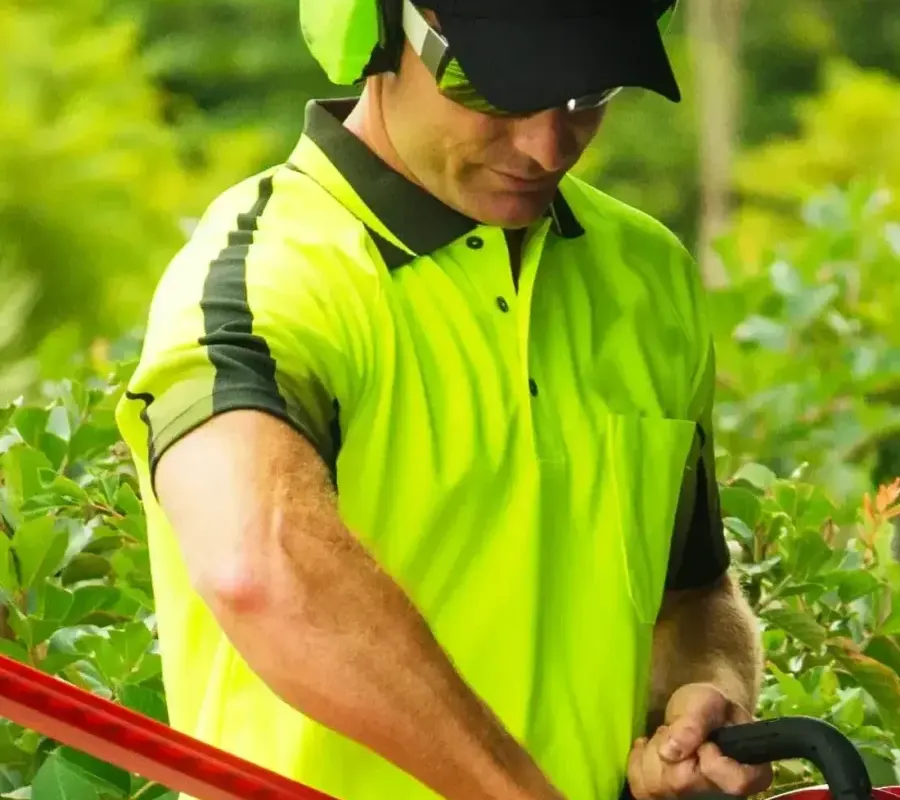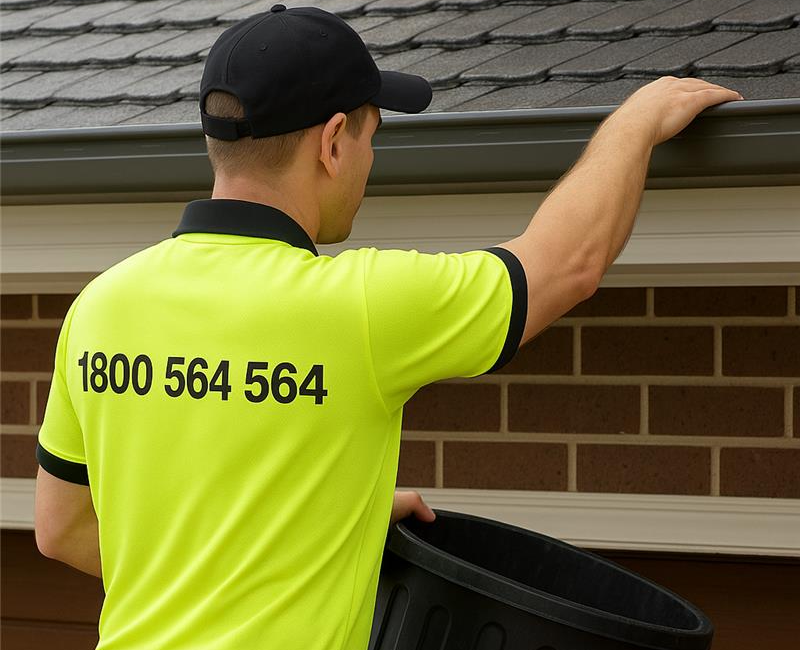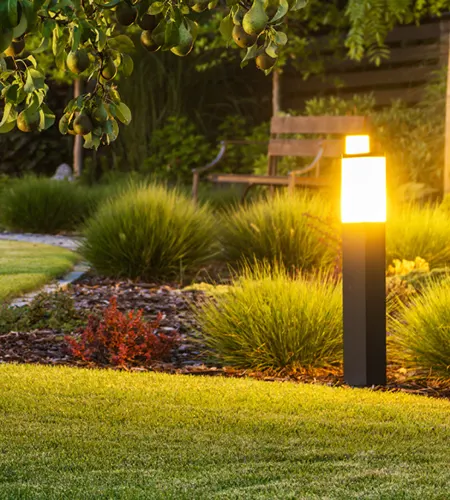Local Expertise
With over 25 years serving Sydney, Brisbane, and Canberra, we understand local landscapes. Our team tailors each service to suit your area’s unique needs.
Passion for Perfection
Every lawn and garden we touch reflects our commitment to excellence. We strive for pristine, vibrant spaces, delivering quality that speaks for itself.
Customer Satisfation
Your satisfaction is our priority. We listen, deliver, and go the extra mile to ensure every lawn and garden meets and exceeds expectations.
Your Trusted Lawn Mowing & Gardening Services Across
Sydney, Brisbane and Canberra
Welcome to your local lawn mowing and gardening experts, serving Sydney, Brisbane, Canberra, and surrounding areas for over 25 years. We take pride in enhancing local communities with our reliable, professional lawn care and gardening solutions. Our experienced, police-checked, and fully insured teams are ready to transform your outdoor spaces with expert attention and care.
Professional Lawn Mowing & Gardening Services Tailored to Your City
With a dedicated team in each city, we understand the unique conditions and requirements of lawns and gardens across Sydney, Brisbane, and Canberra. From keeping your lawn looking pristine to cultivating beautiful gardens that thrive in your city’s climate, we’re here to help.

Explore our tailored services for each city and surrounding areas

Sydney’s climate demands special care for lawns and gardens. Our lawn mowing services in Sydney cater to both residential and commercial properties, ensuring a lush, well-maintained lawn all year round. We understand the specific needs of Sydney lawns and plants, working diligently to enhance every space we care for.
Our gardening services in Sydney cover everything from garden bed planting, seasonal pruning, hedge trimming, and much more. Whether you’re looking to revamp your garden or simply keep it in top condition, our Sydney gardening team has the expertise to make it happen.
Brisbane’s warmer, subtropical climate requires special attention to keep lawns healthy and green. Our lawn mowing Brisbane team is skilled in handling lawns that need consistent moisture, fertilising, and expert mowing schedules. From tidy mowing to full-scale lawn care, we’re here to keep your lawn thriving throughout Brisbane’s hot summers and mild winters.
Brisbane’s lush gardens and outdoor spaces deserve expert care, which is why our gardening services in Brisbane are designed to promote growth and beauty in every season. From planting and garden maintenance to weed control and garden makeovers, our Brisbane gardening team is dedicated to giving you a beautiful outdoor sanctuary.
Canberra’s unique climate with its cold winters and dry summers presents distinct challenges for lawn care. Our lawn mowing services in Canberra ensure that your lawn remains green, healthy, and attractive, regardless of the season. We use methods tailored to Canberra’s climate, ensuring your lawn receives the best care all year.
Our Canberra gardening services focus on plant selection, drought-tolerant landscaping, mulching, and regular garden maintenance to create sustainable, visually appealing outdoor spaces. From new plantings to seasonal clean-ups, our Canberra team is passionate about helping you cultivate a garden that reflects Canberra’s natural beauty.
Our Services
Our lawn mowing and gardening services are comprehensive, ensuring your lawn and garden stay in peak condition. We offer a range of solutions for homes, businesses, and public spaces, including:
-
Lawn Mowing
Regular mowing tailored to your lawn’s growth patterns and the specific requirements of Sydney, Brisbane, or Canberra.
-
Garden Maintenance
From weeding and mulching to soil conditioning and pruning, we cover all aspects of garden care.
-
Hedge Trimming and Pruning
Skilled pruning to promote healthy growth and maintain aesthetic appeal.
-
Seasonal Clean-Ups
Ideal for preparing your garden for the new season, our clean-up services remove leaves, debris, and weeds.
-
Planting and Garden Bed Installation
Freshen up your garden with our planting services, including seasonal flowerbeds and native plant installations.
-
Mulching
Protect your plants and improve soil quality with our mulching services, ideal for water retention and weed control.
-
Weed Control
Safe, effective methods for managing weeds, tailored to each city’s environmental needs.
-
Gutter Cleaning
Gutters might be out of sight, but keeping them clean is one of the most important things you can do to protect your home.
Our teams are well-equipped, trained, and committed to using eco-friendly practices that promote the health of your garden without impacting the environment.
Why Choose Us?
For over 25 years, we’ve been the trusted name for lawn and garden care in Sydney, Brisbane, and Canberra. Here’s why so many locals and businesses rely on us for their lawn mowing and gardening needs:
Local Knowledge, Local Service
Our teams in Sydney, Brisbane, and Canberra have extensive experience with the specific requirements of each city’s climate and vegetation. This local knowledge allows us to provide tailored services that ensure your lawn and garden thrive year-round.
Fully Insured & Police Checked Operatives
When you hire our team, you can have peace of mind knowing that all operatives are fully insured and police-checked. Your safety, property, and privacy are our top priorities, and we’re committed to providing a professional service with the utmost integrity.
Reliable, Consistent Quality
We value consistency and reliability. With a reputation built over decades, we strive to exceed your expectations with every service. Whether it’s a one-off garden makeover or a regular maintenance plan, you’ll enjoy dependable service every time.
Eco-Friendly Practices
Our teams use sustainable methods and environmentally safe products wherever possible. We’re committed to caring for your garden in ways that protect local ecosystems, promote healthy soil, and reduce chemical impact.

We offer flexible lawn and garden maintenance plans to suit your needs. Whether you require weekly, fortnightly, or monthly care, our regular maintenance plans keep your garden looking its best without the hassle. These plans are popular with both residential and commercial clients who want to maintain an attractive, well-cared-for outdoor space.
Our services extend to commercial properties, including offices, schools, retail spaces, and public parks. We understand the importance of a tidy, welcoming outdoor space, especially for businesses that value a professional appearance. Our commercial lawn mowing and gardening services cater to all types of businesses across Sydney, Brisbane, and Canberra, ensuring your premises reflect the high standards of your brand
Our commitment to local service extends beyond Sydney, Brisbane, and Canberra. We also serve surrounding areas, bringing our professional lawn mowing and gardening services to suburbs, regional towns, and nearby communities. No matter where you are, you can expect the same high-quality service from our friendly, dedicated team.
At lawnmowingandgardening.com.au, we don’t just mow lawns; we create outdoor spaces that enrich lives, boost property values, and enhance community aesthetics. From expert mowing to tailored garden care, we’re here to make your garden a place of pride and beauty.
Request Free Quote
Ready to transform your lawn or garden? Get in touch with our team today to schedule your first service or request a free quote. With teams in Sydney, Brisbane, and Canberra, we’re ready to bring our expertise to your outdoor spaces.
Directory of our Services
- Lawn mowing in Logandale
- Lawn mowing in Parklea
- Lawn mowing in Kellyville Ridge
- Lawn mowing in Athol
- Lawn mowing in Southtown
- Lawn mowing in Charlton
- Lawn mowing in Beaumont Hills
- Lawn mowing in Chambers Flat
- Lawn mowing in Winston Hills
- Lawn mowing in Priestdale
- Lawn mowing in Logan Reserve
- Lawn mowing in Castle Hill
- Lawn mowing in Finnie
- Lawn mowing in Glenwood
- Lawn mowing in Lalor Park
- Lawn mowing in Baulkham Hills
- Lawn mowing in Stanhope Gardens
- Lawn mowing in Loganholme
- Lawn mowing in Kallangur
- Lawn mowing in Dakabin
- Lawn mowing in Bella Vista
- Lawn mowing in Rouse Hill
- Lawn mowing in Top Camp
- Lawn mowing in Westbrook
- Lawn mowing in Kellyville
- Lawn mowing in Kings Langley
- Lawn mowing in Darling Heights
- Lawn mowing in Seven Hills
- Lawn mowing in Crestwood
- Lawn mowing in Toowoomba East
- Lawn mowing in Seven Hills West
- Lawn mowing in Kingston
- Lawn mowing in Tanah Merah
- Lawn mowing in Wellcamp
- Lawn mowing in Toowoomba South
- Lawn mowing in Redwood
- Lawn mowing in Currans Hill
- Lawn mowing in Harrington Park
- Lawn mowing in Torrington
- Lawn mowing in Cotswold Hills
- Lawn mowing in Drayton North
- Lawn mowing in Gledswood Hills
- Lawn mowing in Glenvale Park
- Lawn mowing in East Toowoomba
- Lawn mowing in Macdonaldtown
- Lawn mowing in Eastlake
- Lawn mowing in Claymore
- Lawn mowing in Newtown
- Lawn mowing in Middle Ridge
- Lawn mowing in Whiteside
- Lawn mowing in Cranley
- Lawn mowing in Centenary Heights
- Lawn mowing in Clifford Gardens
- Lawn mowing in Drayton
- Lawn mowing in Glenvale
- Lawn mowing in Kearneys Spring
- Lawn mowing in Northlands
- Lawn mowing in North Toowoomba
- Lawn mowing in Kurwongbah
- Lawn mowing in Griffin
- Lawn mowing in Menangle Park
- Lawn mowing in Narellan Vale
- Lawn mowing in Eschol Park
- Lawn mowing in Smeaton Grange
- Lawn mowing in Logan Central
- Lawn mowing in Blairmount
- Lawn mowing in Toowoomba West
- Lawn mowing in Prince Henry Heights
- Lawn mowing in Rothwell
- Lawn mowing in Waterford West
- Lawn mowing in Narellan
- Lawn mowing in Harristown
- Lawn mowing in Loganlea
- Lawn mowing in Deception Bay
- Lawn mowing in Murrumba Downs
- Lawn mowing in Eagle Vale
- Lawn mowing in Harlaxton
- Lawn mowing in Mango Hill
- Lawn mowing in Shailer Park
- Lawn mowing in Gowrie
- Lawn mowing in Mount Rascal
- Lawn mowing in Chatswood Hills
- Lawn mowing in Bethania
- Lawn mowing in Mount Annan
- Lawn mowing in Kimberley Park
- Lawn mowing in Waterford
- Lawn mowing in Woodridge
- Lawn mowing in Rangeville
- Lawn mowing in Woodridge East
- Lawn mowing in Dohles Rocks
- Lawn mowing in Kearns
- Lawn mowing in Rockville
- Lawn mowing in Carrington
- Lawn mowing in North Lakes
- Lawn mowing in Toowoomba
- Lawn mowing in Meadowbrook
- Lawn mowing in Mount Kynoch
- Lawn mowing in Mount Lofty
- Lawn mowing in South Toowoomba
- Lawn mowing in Blue Mountain Heights
- Lawn mowing in Wilsonton
- Lawn mowing in Slacks Creek
- Lawn mowing in Daisy Hill
- Lawn mowing in Picnic Point
- Lawn mowing in Trinder Park



